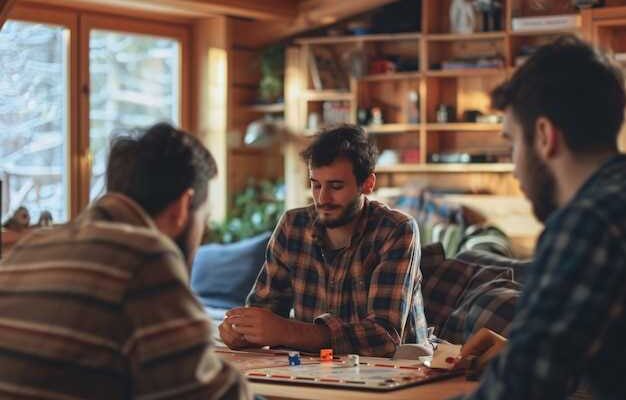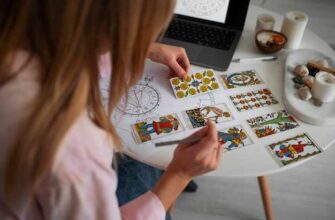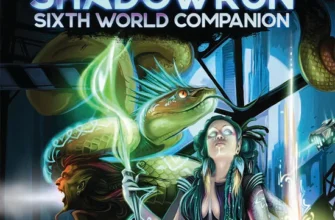In the world of shared offscreen entertainment, creating a tabletop experience has become a cherished pursuit. Imagine an intricate setting with a blend of strategy, chance, and friendly rivalry. It’s a platform for stories to unfold, alliances to be formed, and unforgettable moments to arise. The journey from idea to tangible creation is exhilarating.
Turning a concept into something tangible isn’t just about following a set path. You’ll blend creativity with practicality, transforming imagination into an engaging experience. There will be challenges and discoveries along the way. A stepwise approach will help transform your initial thoughts into something playable. Ultimately, the endeavor brings lessons in resourcefulness and design creativity.
Understanding the basic framework is essential. You’ll start by crafting core mechanics and defining objectives. These choices will determine how participants interact within the setting. Once the foundation is laid, experiment and iterate to breathe life into your idea. Testing and refining play a crucial role in shaping the ultimate experience. This evolutionary process is both demanding and rewarding, promising a journey of growth and discovery.
- Creating Your Initial Board Game Prototype
- Understanding the Basics of Prototyping
- Materials and Tools: What You Need
- Designing with Flexibility and Iteration
- Effective Strategies for Board Game Testing
- Conducting Playtests with Purpose
- Gathering Actionable Feedback
- Video:
- Levelling Up your Board Game Prototypes – with Launch Lab
- FAQ:
- How important is prototyping in the board game development process?
- What materials should I use for my first board game prototype?
- How do I ensure that the feedback I receive from playtesters is useful?
- Should I include all game elements in the initial prototype?
- How many playtesting sessions should I conduct before finalizing my board game design?
- What materials should I use for creating my first board game prototype?
- How can I effectively test my board game prototype?
Creating Your Initial Board Game Prototype
Crafting the first version of a new tabletop experience can be thrilling. It starts with a simple concept. You gather materials. Begin sketching ideas, dreaming up rules. It’s the foundation on which everything else will be built. Exciting, right? However, don’t expect perfection immediately. This initial model is a sandbox for creativity and exploration. No masterpiece is made on the first attempt, so let the imperfections guide improvements and inspire unique solutions.
Start by collecting basic materials. Think index cards, simple cubes, or anything else that can represent pieces in the game. These substitutes help visualize the design, allowing adjustments to be made easily. Your ideas will evolve as you see them in action. Scribbles on a page transform into real components in front of you. This hands-on approach is invaluable. It’s not just about envisioning; it’s about bringing concepts to life and seeing how they fit together.
An essential step is writing down the instructions. Clarity is key. They should be straightforward enough for others to understand and follow. If a friend looks confused, it’s a sign. Simplify where necessary or expand on what’s unclear. Complexity doesn’t always equate to a better experience. Draft the outline, then observe how others respond to it. Their feedback is gold. A single insight can shift your perspective, opening new doors in the creation process.
Iterate constantly. Adjust the rules, tweak the design, and change components. Testing different setups offers insights that purely theoretical planning cannot. The benefit of continuous iteration is immense, providing a deeper understanding beyond initial concepts. You’ll find some ideas sparkle, others need work, and some just don’t land right. That’s part of the journey. Each session refines the dream further, leading you closer to the manifestation of a compelling and engaging tabletop adventure.
Understanding the Basics of Prototyping
Before diving into the world of tabletop entertainment creations, you should have a grasp of concept development. This essential aspect of turning an idea into a physical object involves exploration and experimentation. It’s a journey filled with creativity and innovation. Small steps are key. Big ideas start with a single move.
The process begins with sketching out a rough draft, capturing the core mechanics and dynamics of your concept. It’s crucial to focus on the fundamental elements that define how your creation will operate. Consider the theme, the rules, and the components needed. Keep it simple at first. Complexity can come later, after testing and refinement show you what truly works. Remember, flexibility in design is paramount to adjust ideas as they evolve during experimentation.
- Identify the central theme or storyline.
- Outline the primary mechanisms.
- Draft preliminary rules and objectives.
- Select materials for a trial construction.
Your initial model doesn’t have to be perfect. In fact, it shouldn’t be. It’s meant to be a learning tool. With each iteration, aim to refine, enhance, and focus on user experience. Listen to feedback attentively. This stage is critical for figuring out what works and what doesn’t. Every adjustment and fine-tuning will bring you closer to a completed project that captivates its audience.
- Test your draft with others.
- Gather valuable feedback and insights.
- Iterate and refine the design.
- Continue improving until the vision aligns with reality.
Remember, the act of creating such an endeavor is as much about the process as it is about the end product. Enjoy each moment of discovery along the way. Persistence, creativity, and a willingness to adapt are your greatest tools. Soon enough, your vision will begin to take shape, and what once was a simple concept will turn into an engaging experience ready for countless future players.
Materials and Tools: What You Need
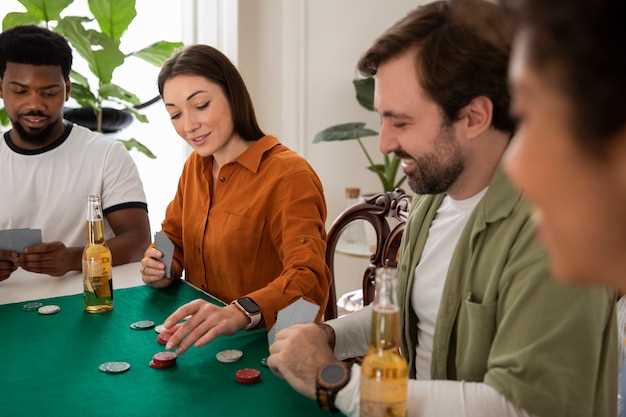
Creating a tabletop entertainment from scratch is an exciting endeavor. It demands creativity and some practical resources. You don’t need to invest heavily at the beginning. Many items can be found at home or easily purchased. The secret is to have the right tools to bring your vision to life. With the proper materials, your concept can become a tangible experience.
Cardstock and Paper:These are essential for crafting cards and game boards. They’re versatile and easy to cut. Use thicker cardstock for durability. Regular printer paper works for temporary parts. It’s cost-effective and easily replaceable. Consider experimenting with different weights to see what suits your project best.
Writing and Drawing Instruments:Pencils for sketching and planning, pens for finalizing designs. Colored markers or pencils can add flair. They’re important for making your elements stand out. You might use fine-tipped markers for detail work, while broader markers work for larger sections. Don’t forget a reliable eraser, just in case.
Cutting Tools:A good pair of scissors is fundamental. Precision cutters or craft knives come in handy for intricate pieces. Ensure you work on a cutting mat to protect surfaces. Sharp tools give you clean edges. It makes the finished components look professional and neat.
Adhesive Supplies:Glue sticks, adhesive tapes, and liquid glues are vital for assembling. They hold pieces together securely. Choose non-toxic options if possible. Some adhesives might work better on certain materials than others. Experiment to find an adhesive that dries clear and fast, yet offers a strong bond.
Measuring Tools:Rulers ensure accuracy in dimensions, vital for game balance. Measuring tapes can serve the same purpose for longer pieces. A protractor might be useful if your design involves angles. Precision in measurements ensures that all components fit together seamlessly.
Optional Enhancements:Consider investing in a laminator for durability. Stickers and stamps can add thematic elements. Embellishments bring personality and can enhance aesthetics. They can be instrumental in engaging players visually. Sometimes these little touches make a big difference, drawing players deeper into the experience.
These tools and materials form the backbone of your creative journey. Starting simple and expanding as needed is often the best approach.
Designing with Flexibility and Iteration
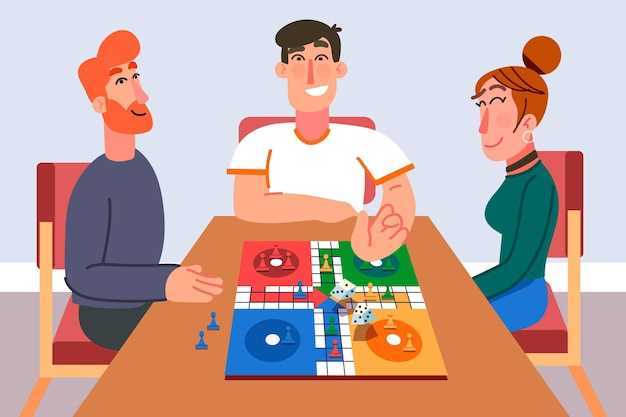
Crafting a tabletop adventure is an organic and evolving process. It demands adaptability and openness to change. Nothing is set in stone. Changes are inevitable. You might have a vision initially, but real innovation comes from being flexible. Iteration allows for exploration and improvement, an exciting journey where each step leads closer to a fantastic experience.
Start by embracing simplicity. Create a basic structure with essential components. Let it be your skeleton. Once the framework is in place, test it with friends or colleagues. Gather feedback and refine. This initial feedback is critical, as it reveals hidden flaws and offers a fresh perspective on your creation. As the design evolves, be prepared to adjust and pivot based on the insights gathered.
Each iteration serves as a learning opportunity.As you refine the mechanics and narrative, examine how each change enhances the experience. Evaluate player engagement during test sessions. This will help shape the next version. Incorporating feedback thoughtfully ensures that the project remains dynamic and appealing. Remember, iteration is not just about fixing; it’s also about exploring new possibilities and enhancing the fun.
Adaptability is key to a successful design.Don’t hesitate to rethink strategies. Sometimes, stepping back is necessary to see the bigger picture. This adaptability fosters creativity and innovation. An open mind helps integrate diverse ideas, improving the game’s depth and richness. Allow your creation the space to grow organically.
In this evolving landscape, flexibility and iteration are your allies. They enable you to craft a vibrant, engaging experience. One that captures the imagination and curiosity of its players. The journey may have twists and turns, but it’s these very challenges that hone a project, leading it to its fullest potential.
Effective Strategies for Board Game Testing
Testing is crucial for refining a tabletop creation. It helps identify any issues and improve the overall experience. Conducting trials isn’t just about playing; it’s about understanding how others perceive the activity. Observing participants reveals what works and what doesn’t. It’s not just about bugs or flaws but about the journey and enjoyment. Insights gained can lead to significant improvements.
Gather a Diverse Group of Testers
Involve a variety of individuals. Diversity in testers offers new perspectives. Choose people of different ages and experiences. They’ll provide varied insights. What one group finds easy, another might struggle with. This approach will uncover issues you hadn’t considered.
Facilitate Open Communication
Encouraging open dialogue is key. Foster an environment where feedback flows freely. Use both structured surveys and informal discussions. Honest opinions are vital for growth. People should feel comfortable critiquing gameplay and suggesting enhancements. Remember, every comment is a chance to get better.
Iterate and Refine
Testing isn’t a one-time event. It’s a cycle of continuous improvement. Launch, listen, and learn. Take the feedback, make adjustments, and test again. Sometimes even small tweaks can lead to significant changes in dynamics. By revisiting and revising regularly, the experience will evolve and become more polished.
Focus on Fun and Engagement
Ultimately, the goal is entertainment. Observe which elements captivate and engage. Note the aspects where players seem bored or confused. The narrative should be smooth, and the mechanics intuitive. Balancing complexity with enjoyment is an art. A little unpredictability can enhance excitement without frustrating participants.
By implementing these strategies, the path forward becomes clearer. Testing transforms a rough concept into a masterpiece. Every trial offers lessons to learn from. With dedication and open-mindedness, an enjoyable and memorable experience awaits discovery.
Conducting Playtests with Purpose
Engaging in meaningful playtests is a key step in refining any tabletop entertainment project. This phase is where concepts meet reality; paper, tokens, and dice turn into tangible experiences. It’s not just about watching players; it’s about listening, observing, and learning. The aim is to transform feedback into actionable insights. Understanding the dynamics of these sessions is crucial for evolution.
First, identifywhatyou want to learn from each playtest. Are you testing mechanics or gauging emotional reactions? Be precise. Clear objectives lead to more focused feedback. It’s essential to know the stage of testing you’re in. Sometimes you need numbers and stats, other times, intangible sentiments are more valuable.
Gather a diverse group of participants. Different perspectives reveal unforeseen issues and opportunities. A varied set of players ensures comprehensive insights. Encourage honesty and candidness. Your product’s growth depends on authentic feedback. Don’t shy away from critiques; embrace them.
Adaptabilityis your ally during these sessions. Stay flexible to tweak rules or scenarios on the fly. Observing frustration or confusion might suggest immediate changes. Use open communication to discuss potential improvements. Balancing structure with flexibility enhances the quality of feedback.
After the session, analyze collected data. Reflect on what went right and what didn’t. This analysis is pivotal. It elevates minor details into significant improvements. Playtests are not just trials; they’re stepping stones towards a refined experience players will cherish.
Gathering Actionable Feedback
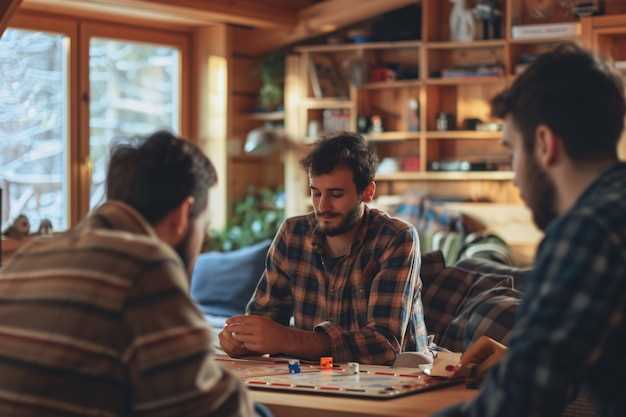
Feedback is crucial. It provides insights that can shape your creation. Without it, development stagnates. You must collect viewpoints from others to refine the experience. Their input can reveal blind spots. Diverse perspectives enhance creativity. When you gather ideas, choose those that align with your vision. Use feedback to uncover potential improvements and address issues before your final iteration. This stage builds confidence in the elements you’ve designed, nudging the process along after valuable exchanges between you and your testers.
Here’s how you can make the most of this process:
- Choose a varied set of testers.
- Prepare specific questions. Be direct and concise. Avoid vagueness.
- Encourage honesty. Make them comfortable sharing both praise and criticism.
- Listen more than you speak.
- Document their responses thoroughly. Record, scribble, or jot down.
Direct engagement is key. Facilitate test sessions in person if possible. Observe interactions firsthand. Spot confusion or indecision during gameplay. These moments are gold mines for insights; they often reveal more than words alone could. Conducting post-session discussions can also deepen your understanding. Ask participants to explain their thought processes. Their reasoning can be as valuable as their conclusions.
Consider the following tips to ensure constructive learning:
- Identify recurring themes in feedback.
- Sort comments based on the aspects they address.
- Notice which suggestions align with your core objectives.
- Test alternative scenarios based on proposed ideas.
- Iterate based on what’s been learned. Adaptation is part of the journey.
Finally, remember balance. Too much data can overwhelm, yet too little leaves gaps unfilled. Aim for that sweet spot. A handful of insightful suggestions can propel you forward more effectively than a mountain of unstructured opinions. As you synthesize this information, clarity emerges. Then, evolve your creation with renewed purpose.
Video:
Levelling Up your Board Game Prototypes – with Launch Lab
Levelling Up your Board Game Prototypes – with Launch Lab by Adam in Wales – Board Game Design 2,163 views 1 year ago 21 minutes
FAQ:
How important is prototyping in the board game development process?
Prototyping is a critical step in the board game development process as it allows you to test and refine your game mechanics, rules, and overall player experience. By creating a tangible version of your game, you can identify potential issues, gather feedback from playtesters, and make necessary adjustments before finalizing the design. This iterative process is essential for creating a compelling and enjoyable game.
What materials should I use for my first board game prototype?
For your first board game prototype, you don’t need to invest in expensive materials. Common materials include cardboard, paper, dice, and tokens you can borrow from other games or purchase cheaply. You can draw game boards and cards by hand or use simple design software to print them out. The focus should be on functionality and testing, not on aesthetics, in the early stages.
How do I ensure that the feedback I receive from playtesters is useful?
To gather useful feedback from playtesters, encourage honest and specific comments on different aspects of your game, such as rules clarity, gameplay balance, and overall enjoyment. Prepare a set of questions in advance to guide discussions and ask for both positive and critical feedback. Be open-minded, avoid defending your game during sessions, and use the insights gained to make iterative improvements.
Should I include all game elements in the initial prototype?
It’s not necessary to include all game elements in the initial prototype. Instead, focus on core mechanics and gameplay loops to test the fundamental aspects of your game. Once you refine these elements through playtesting, you can gradually introduce additional components, such as advanced rules, theme enhancements, and aesthetic upgrades, in subsequent iterations of your prototype.
How many playtesting sessions should I conduct before finalizing my board game design?
The number of playtesting sessions needed can vary greatly depending on the complexity of your game and the feedback you receive. As a general rule, conduct as many sessions as necessary until you’re confident that the gameplay is balanced, engaging, and free of major issues. It’s common to go through multiple iterations, with each session providing new insights and opportunities for improvement.
What materials should I use for creating my first board game prototype?
When you’re just starting out with your first board game prototype, it’s best to use simple, accessible materials that you may already have at home. Cardstock, poster board, or foam board can serve as durable surfaces for your board and cards. For pieces, consider using items like game pieces from other games, coins, buttons, or even small objects like colored stones. If you need dice, you can often borrow them from other game sets, or purchase blank dice to customize for your game. The key is to focus on functionality over aesthetics at this early stage. Once your game concept is solid, you can explore more professional materials.
How can I effectively test my board game prototype?
Testing your board game prototype is an essential part of the development process. Start by playtesting with friends and family, as they can provide initial feedback in a familiar and supportive environment. Aim for a diverse group of testers to get varied perspectives. As you refine the game, consider reaching out to local board game groups or online communities dedicated to board game design. During each playtest, focus on observing how players interact with the game, taking note of any areas of confusion or frustration. Encourage honest feedback about the game’s mechanics, theme, and enjoyment factor. After each session, review the feedback and iterate on your design. Remember, the goal of prototyping is to refine your game idea through successive rounds of testing and feedback.

